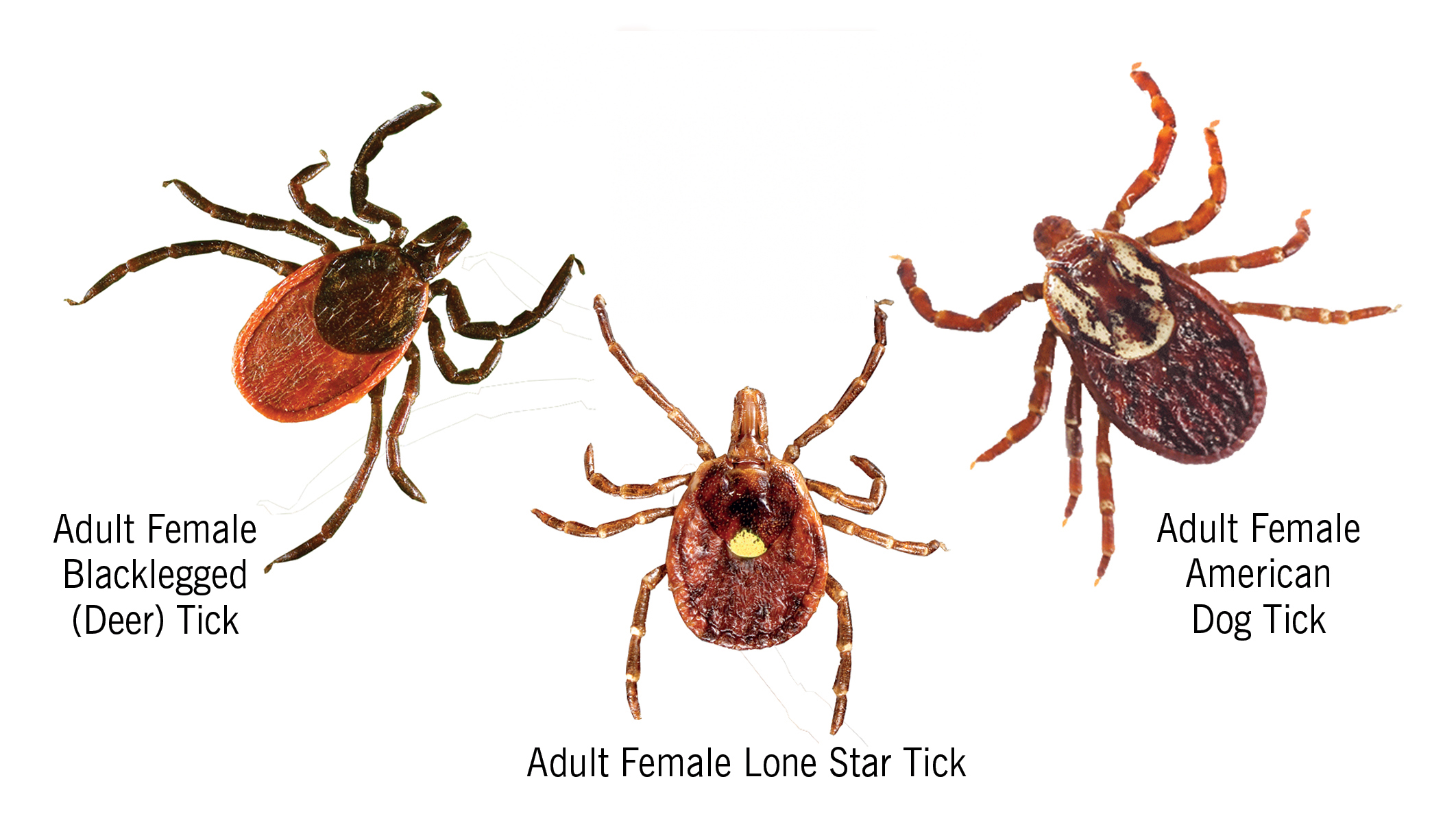Alpha-Gal Allergy, from Lone Star ticks, Rising on East End

“I just love ticks,” said no one, ever.
However, they are a natural, if disgusting, part of life on the East End, and with more people choosing to live out here, and engaging in more outdoor activities due to the pandemic, the alpha-gal red meat allergy is on the rise.
Southampton rock-star allergist Dr Erin McGintee was on the team that helped to identify this dreaded disease, transmitted from one of these nasty bloodsuckers — the Lone Star tick, to be exact — lodging its snoot into your skin for a prolonged period of time. For some people, being bitten by a Lone Star tick leads to what has been dubbed “alpha-gal,” an allergy to red meat.
In fact, on the East End, it’s common, when someone professes not to eat meat, to ask them, “Do you have alpha-gal?” more than “Are you a vegetarian?”
Imagine being at a barbecue, eating a burger, and in the middle of the night having your throat close up and not knowing why. Although alpha-gal does not always cause such a dramatic anaphylactic reaction, it can, and can even lead to death in some instances.
And, according to Dr. McGintee, there has been a significant increase in diagnosed cases of alpha-gal over the past year. Normally, she sees around 60 new cases a year. However, this past year she diagnosed 91 cases — a likely combo of more people living on the East End and recreating outside, due to Covid, more patient awareness (which is a good thing!), and — sorry to be the bearer of bad news — more Lone Star ticks.

In spite of the name, the ticks don’t come from Tickses— I mean, Texas. They’re called Lone Star for the yellow dot on their backs, and unlike their cousins—the familiar dog and deer ticks, best known for Rocky Mountain Spotted Fever and Lyme Disease, respectively—these ticks are fast.
“The Lone Star tick population on the East End of Long Island is exploding and residents need to be aware of the issue,” says Brian Kelly of East End Tick & Mosquito Control. “Lone Star ticks are very aggressive and don’t wait to quest for a blood meal, like the deer tick. Lone Star ticks move quickly and they are attracted to carbon dioxide that our bodies are giving off. More East Enders don’t realize the dangers of ticks in their own backyard,” he says.
So what’s a person to do? “The most effective way to reduce the tick population on your property is to spray monthly between from April through November. Remember to keep your grass cut short, don’t overwater your plants and shrubs and keep a tick repellent on you at all times,” says Kelly. A natural method of repelling ticks, according to the local holistic health community, is to ingest garlic tablets or capsules on a regular basis as well.
And as if these creatures weren’t repulsive enough, Kelly shares this: “Ticks are not insects, although they are often mistaken for them. Ticks are actually classified as arachnids, or relatives of spiders, scorpions and mites. If you look closely at a tick when identifying it, it kind of resembles a spider with its four pairs of legs and lack of antennae.” But, he admits, they are kind of in a class all their own.
Bloodsuckers who hate garlic? Sound familiar? Clearly, we are under an insectile vampire invasion, and Brian Kelly is our Van Helsing.
Want to know more? Contact Brian and his team at tickcontrol.com.



